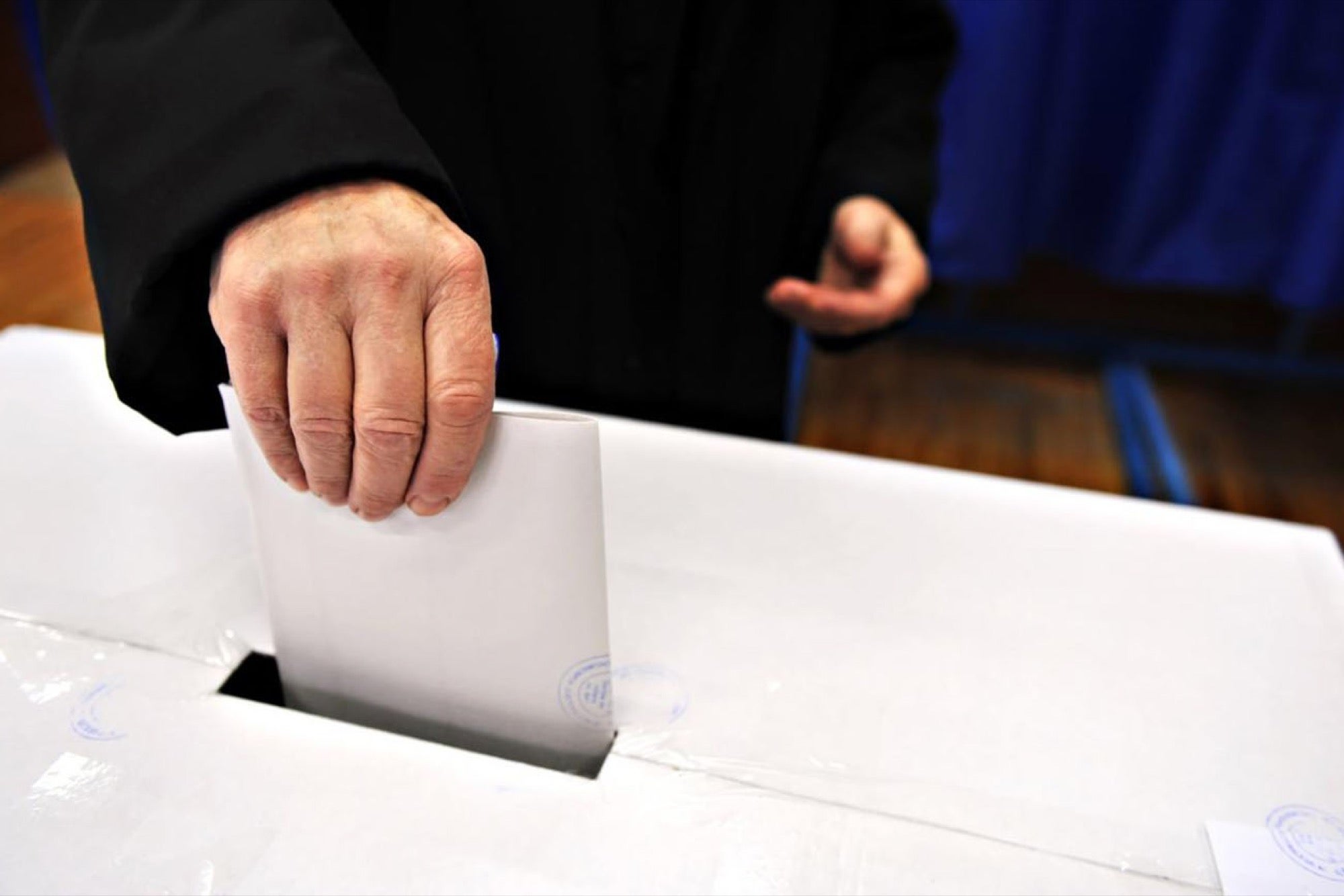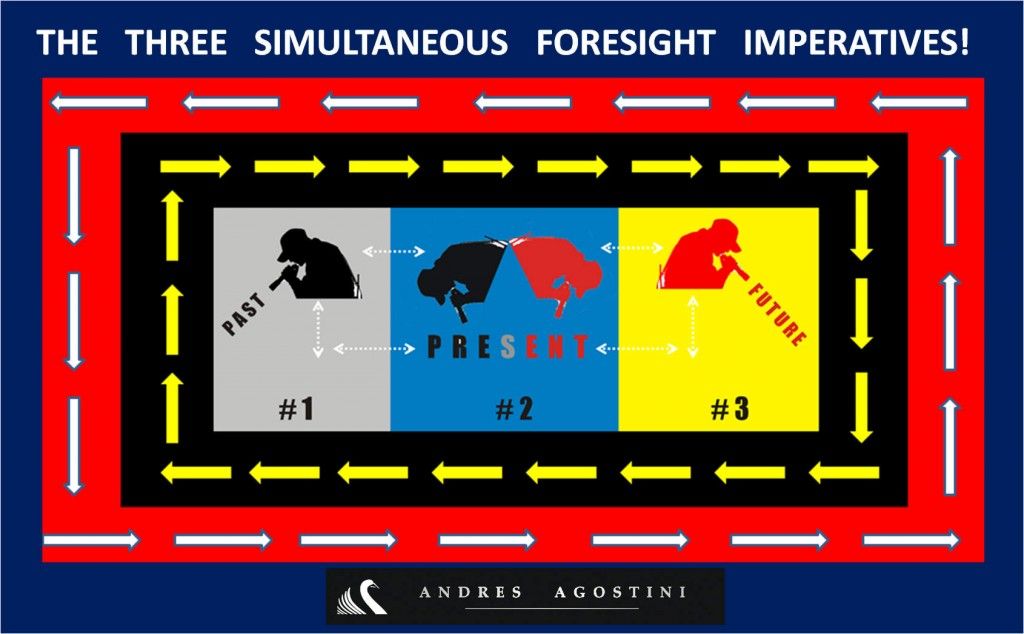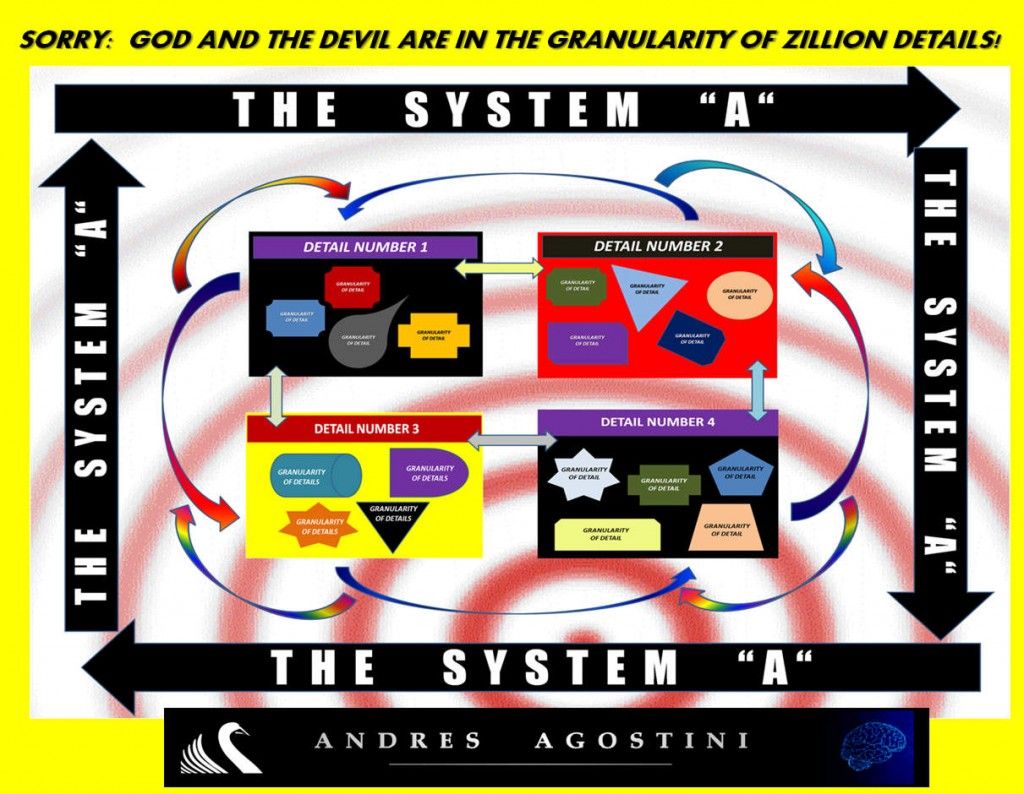Nov 23, 2014
BitCoin, Cryptocurrency, and Blockchain Technology — The Ethereum Primer
Posted by Rob Chamberlain in categories: automation, big data, biotech/medical, bitcoin, business, complex systems, computing, disruptive technology, economics, encryption, energy, engineering, ethics, finance, futurism, geopolitics, government, hacking, hardware, human trajectories, information science, innovation, internet, journalism, law, materials, military, neuroscience, open access, open source, philosophy, physics, policy, privacy, science, scientific freedom, security, software, supercomputing, transparency
Quoted: “Ethereum will also be a decentralised exchange system, but with one big distinction. While Bitcoin allows transactions, Ethereum aims to offer a system by which arbitrary messages can be passed to the blockchain. More to the point, these messages can contain code, written in a Turing-complete scripting language native to Ethereum. In simple terms, Ethereum claims to allow users to write entire programs and have the blockchain execute them on the creator’s behalf. Crucially, Turing-completeness means that in theory any program that could be made to run on a computer should run in Ethereum.” And, quoted: “As a more concrete use-case, Ethereum could be utilised to create smart contracts, pieces of code that once deployed become autonomous agents in their own right, executing pre-programmed instructions. An example could be escrow services, which automatically release funds to a seller once a buyer verifies that they have received the agreed products.”
Read Part One of this Series here » Ethereum — Bitcoin 2.0? And, What Is Ethereum.
Read Part Two of this Series here » Ethereum — Opportunities and Challenges.
Read Part Three of this Series here » Ethereum — A Summary.
 Quoted: “Bitcoin technology offers a fundamentally different approach to vote collection with its decentralized and automated secure protocol. It solves the problems of both paper ballot and electronic voting machines, enabling a cost effective, efficient, open system that is easily audited by both individual voters and the entire community. Bitcoin technology can enable a system where every voter can verify that their vote was counted, see votes for different candidates/issues cast in real time, and be sure that there is no fraud or manipulation by election workers.”
Quoted: “Bitcoin technology offers a fundamentally different approach to vote collection with its decentralized and automated secure protocol. It solves the problems of both paper ballot and electronic voting machines, enabling a cost effective, efficient, open system that is easily audited by both individual voters and the entire community. Bitcoin technology can enable a system where every voter can verify that their vote was counted, see votes for different candidates/issues cast in real time, and be sure that there is no fraud or manipulation by election workers.”











